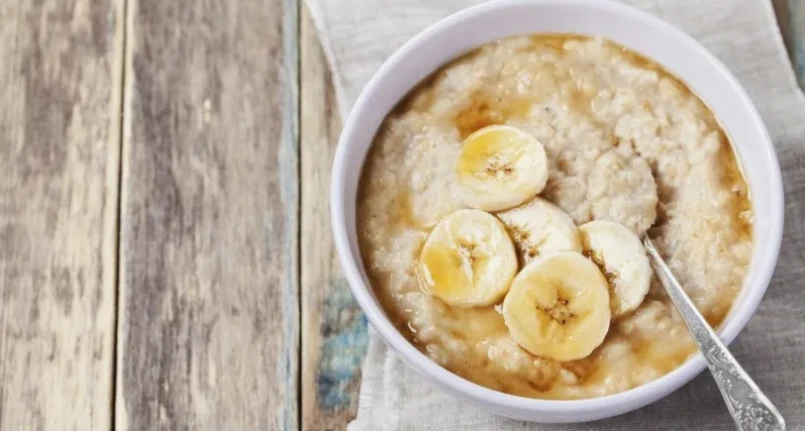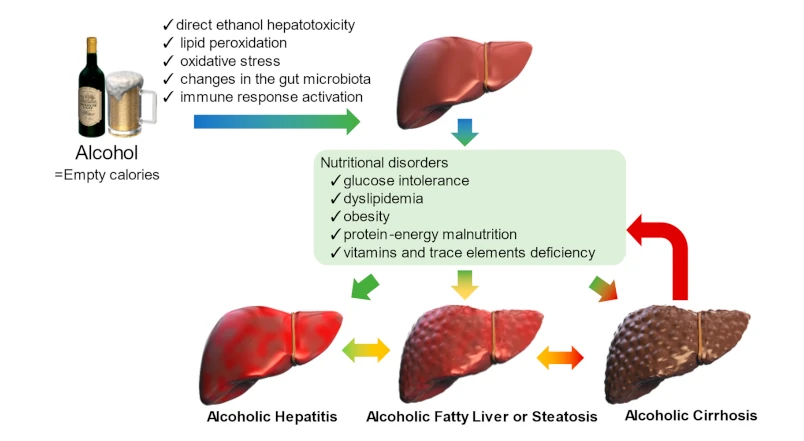Introduction
The transition from winter to spring brings with it a series of ailments, more or less important, which you have to deal with. Among the most common ones that affect the majority of people, there are: tiredness, exhaustion , drowsiness , mood swings , sense of restlessness , hunger attacks . A correct diet, based above all on seasonal foods and a nutritional heritage that takes into account any deficiencies of the period, and is therefore rich in vitamins and mineral salts , can help to counteract the phenomena that characterize the seasonal change.
There are several factors that affect the well-being of the body: you sleep less (the sleep- wake rhythm undergoes changes due to the increasing sunlight ); the days get longer and alter the perception of tiredness, we spend much more time outdoors and physical activities are increased.
There may also be little-known causes behind the loss of energy .
Spring season change symptoms
Climate change , the increase in daylight hours, and changes in daily habits lead to substantial adaptation difficulties . During the transition from winter to spring, disturbances may occur, such as:
- feeling unwell;
- exhaustion;
- tiredness;
- sleep disturbances ;
- drowsiness
- asthenia
- difficulty concentrating ;
- irritability;
- headache ;
- tension and mood swings;
- apathy ;
- anxiety .
What to eat in case of excessive sleep?
Another typical aspect of the change of season from winter to spring is the tendency to feel sleepy, even during the day. To counteract this disorder, obviously different from narcolepsy which has causes that also reside in related dysfunctions and pathologies, nutrition can come to the rescue. Among the most suitable plant foods and with an energizing power, there are those in season and red in color , useful for toning the body, reactivate the circulation, increase the flow of oxygen in the blood .
They are, for example:
- tomatoes : rich in lycopene , B group vitamins, ascorbic acid , vitamin D and, above all, vitamin E , which ensure antioxidant and vitamin-enhancing properties .
- strawberries : rich in vitamin C, potassium and folic acid (but also in histamines, so watch out for allergic reactions )
- Beetroot or beetroot : rich in mineral salts , potassium, iron , calcium , phosphorus and sodium . As far as the vitamin profile is concerned, the following stand out: B1, B2, B3 , A
Spring feeding: which nutrients?
Nutrition plays a fundamental role in counteracting the typical ailments of the change of spring season. The foods that make up the spring diet must reactivate the metabolism , which in all probability slowed down during the cold months, and be rich in probiotics and antioxidants. On the mineral side, the following cannot be missing: iron, potassium, magnesium , selenium and phosphorus. From a vitamin point of view, however, the vitamins of group B (B1, B2, B9, B12) are essential; vitamin C and vitamin D.
Furthermore, the spring diet must include foods capable of raising serotonin levels and those rich in glutamine , an energizing amino acid that counteracts glycemic drops.
Spring foods against fatigue
The spring diet should favor foods rich in mineral salts and vitamins , obviously in season, including:
- Yogurt and kefir , rich in probiotics, B vitamins , vitamins C, A and K, calcium and, in the case of kefir, carotenoids , folic acid, manganese , and iron;
- Legumes , which contain iron and B vitamins.
- Oats rich in potassium , magnesium, vitamin B1 and fiber , an ally of the intestine to counteract intestinal irregularity
- Sunflower seeds : anti-inflammatory and antioxidant activity , keep glyemia and blood pressure at bay :
- Walnuts , almonds , cashews , peanuts : beneficial against tiredness and lack of energy typical of the change of season, but also for the nervous system . They contain fiber, vegetable protein , mineral salts such as selenium, magnesium and “good” fats such as omega-3 and omega-6 .
- Asparagus : rich in fiber, vitamins and mineral salts, they havea diureticanddetoxifying, but also an antioxidant and anti-stress effect. They are rich in folic acid andvitamin B12,tryptophan, potassium,vitamin K, iron,copperand phosphorus.
- Radishes rich in vitamin C, potassium, fiber and sulfur .
- Strawberries: rich in vitamins C, A, B vitamins, potassium and antioxidants.
- Spinach and baby spinach : alkalizing, diuretic and antioxidantpropertiesRich in mineral salts and fibers
- Kiwis : their vitamin C, fiber and mineral salts content helps fight tiredness and support the immune system
- Whole grains : they help to contain the level of cholesterol andblood sugar , they are easy to digest , they also stimulate the entire gastrointestinal system. Rich in vitamin B, fiber and mineral salts, they satiate and immediately provide energy.
- Sardines , cod , mackerel , these fish contain moderate quantities of high omega 3, B vitamins and vitamin D, selenium and iron. They help the nervous system, reduce bad cholesterol and counteract mood swings.
Taking a daytime nap can also help .
Anti tiredness herbal teas
The most energizing herbal teas to drink in spring are:
- St. John’s wort
- Escolzia regulates the secretion of melatonin , the good mood hormone ;
- Hawthorn
- Ginseng , panacea in case of low energy
Here the yoga exercises for tiredness .




